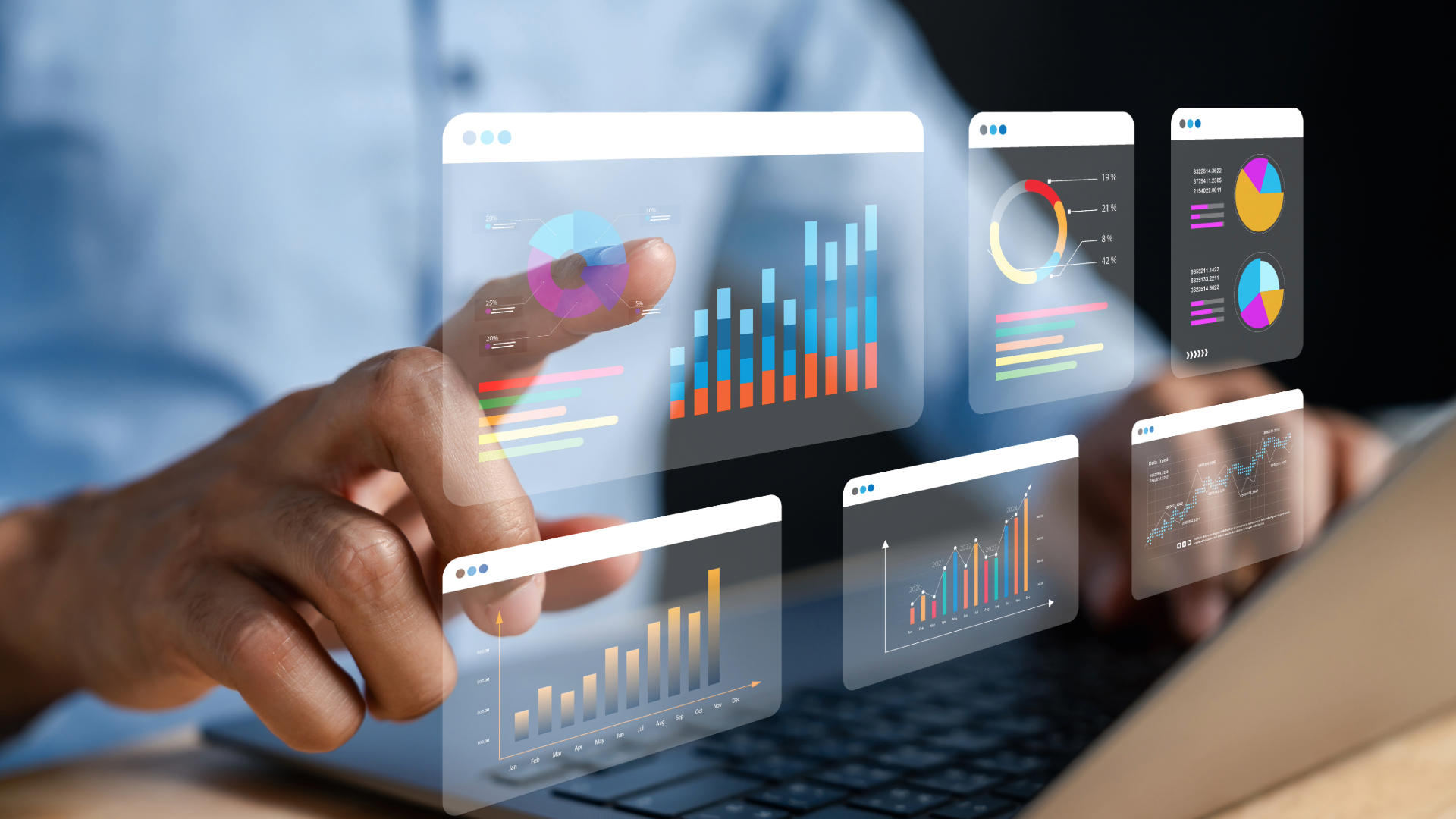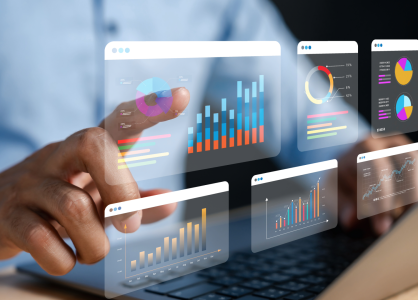Simplifying Governance Through Visualization
Governance has always been about managing uncertainty. From financial exposure to regulatory compliance and reputational threats, leaders face a constant stream of risks demanding attention. But in 2025, the problem isn’t a lack of data—it’s too much of it. The result is often oversight fatigue, where decision-makers struggle to separate signal from noise.
Enter the risk dashboard: a game-changing tool that is fast becoming the cornerstone of modern governance and compliance.
Why Visualization Is the Next Frontier
Numbers, spreadsheets, and lengthy reports may hold valuable insights, but they rarely empower fast, effective decision-making. Risk dashboards transform raw data into visual clarity—heat maps, color-coded charts, and dynamic indicators that instantly highlight priorities.
👉 According to Gartner, organizations adopting visualization tools for governance reduce decision lag by up to 35%.
When a board or compliance officer can see risks ranked, classified, and tracked in real time, oversight becomes proactive rather than reactive.
Fighting Oversight Fatigue
Leaders today face an overwhelming number of reports, policies, and audits. Without effective tools, this flood of information creates fatigue and blind spots. Risk dashboards cut through the noise by:
- Simplifying complexity: Presenting only the most critical insights.
- Highlighting urgency: Using visual cues to show what needs attention now.
- Providing context: Showing how risks are connected across departments.
👉 The Financial Times notes that boards equipped with risk dashboards are quicker to adapt to crises, from cyber breaches to sudden regulatory changes.
Dashboards as Decision Engines
Far from being just pretty visuals, the best dashboards are decision engines. They don’t just display data—they analyze it. Trends, forecasts, and scenario modeling can all be layered in, giving leaders the ability to anticipate future risks rather than only reacting to the past.
This makes dashboards not just a governance tool, but a strategic advantage.
The Governance Shift
The rise of dashboards reflects a larger cultural shift: governance is no longer about compliance checklists but about strategic foresight. Organizations that embrace this approach will not only stay compliant but also build resilience and trust with stakeholders.
Governancepedia: Educating for Smarter Oversight
At Governancepedia, we provide the knowledge organizations need to harness tools like risk dashboards effectively. From explaining how to classify risks to showcasing dashboard best practices, our mission is to help governance leaders turn overwhelming data into actionable clarity.
Risk may be inevitable, but with the right dashboard, confusion doesn’t have to be.

